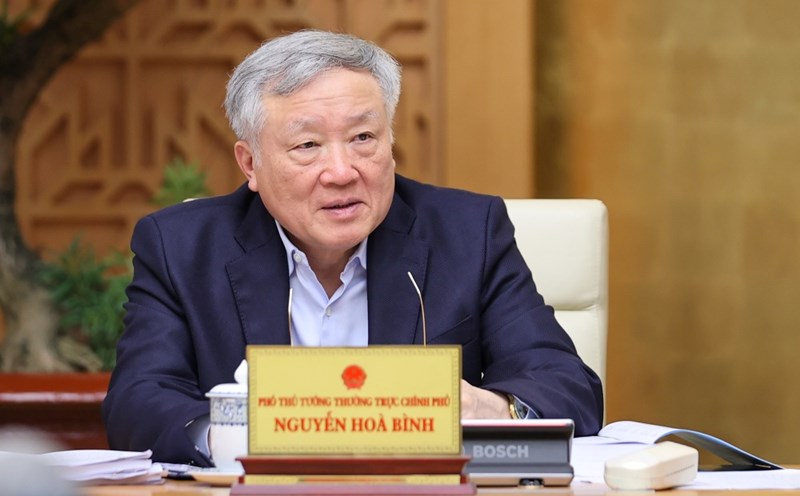According to Point b, Clause 3.1, Section 3 of Resolution 27-NQ/TW, salary reform will develop and promulgate a new salary table system according to job positions, titles and leadership positions to replace the current salary table system; convert old salaries to new salaries, ensuring that they are not lower than current salaries.
In particular, a salary table for positions is developed to apply to cadres, civil servants, and public employees holding leadership positions (elected and appointed) in the political system from the Central to the commune level according to the principle:
1- The salary level of a position must be shown in the political system; any leadership position must be paid according to that position, if a person holds multiple positions, he/she must be paid the highest position salary; holding equivalent leadership positions must be paid the same position salary; the position salary of a superior leader must be higher than the position salary of a subordinate leader;
2- Regulate a salary level for each equivalent position; do not classify ministries, branches, departments, committees and equivalents at the central level when developing a salary table for positions at the central level;
No distinction is made between different salary levels for the same leadership position according to the classification of local administrative units but implemented by allowance regime. The classification of equivalent leadership positions in the political system to design the position salary table is decided by the Politburo after reporting to the Central Executive Committee.
Develop a professional and technical salary table according to civil servant ranks and professional titles of civil servants applied generally to civil servants and public employees not holding leadership positions; each civil servant rank and professional title of civil servants has many salary levels according to the principle:
The same level of work complexity has the same salary; higher than normal working conditions and occupational incentives are implemented with a job allowance regime;
Rearrange the group of ranks and the number of ranks in civil servant ranks and professional titles of civil servants, encourage civil servants and public employees to improve their professional qualifications and skills.
Appointment to the civil servant rank or professional title of civil servants must be associated with the job position and the structure of civil servant ranks and professional titles of civil servants implemented by the agency, organization, or unit managing civil servants and public employees.
Also according to Conclusion 83-KL/TW, the Politburo requested the Central Economic Commission to preside over the preliminary review of the implementation of Resolution 27-NQ/TW.
In which, in collaboration with the Party Committee of the Interior Party Committee and the relevant ministries, ministries and branches, researching and assessing the suitability, feasibility and proposing the implementation of 5 new payrolls of the public sector accordingly to submit to the Central Government for consideration after 2026 when the Politburo promulgates and implements the employment list system in the political system.
Thus, the two new salary tables for civil servants and public employees who do not hold leadership positions and hold leadership positions will be considered by the Central Government after 2026.
The entire new salary table for leadership positions of cadres, civil servants and public employees from the Central to the commune level converts the old salary to the new salary, ensuring that it is not lower than the current salary.











